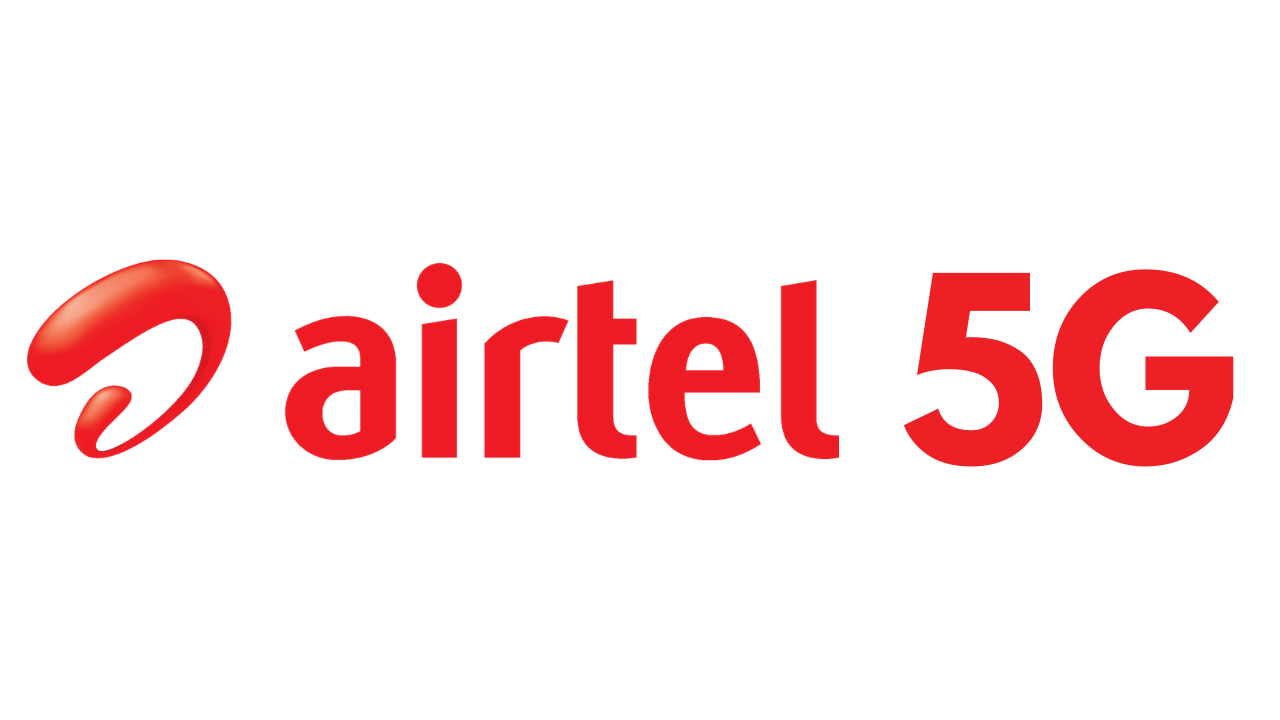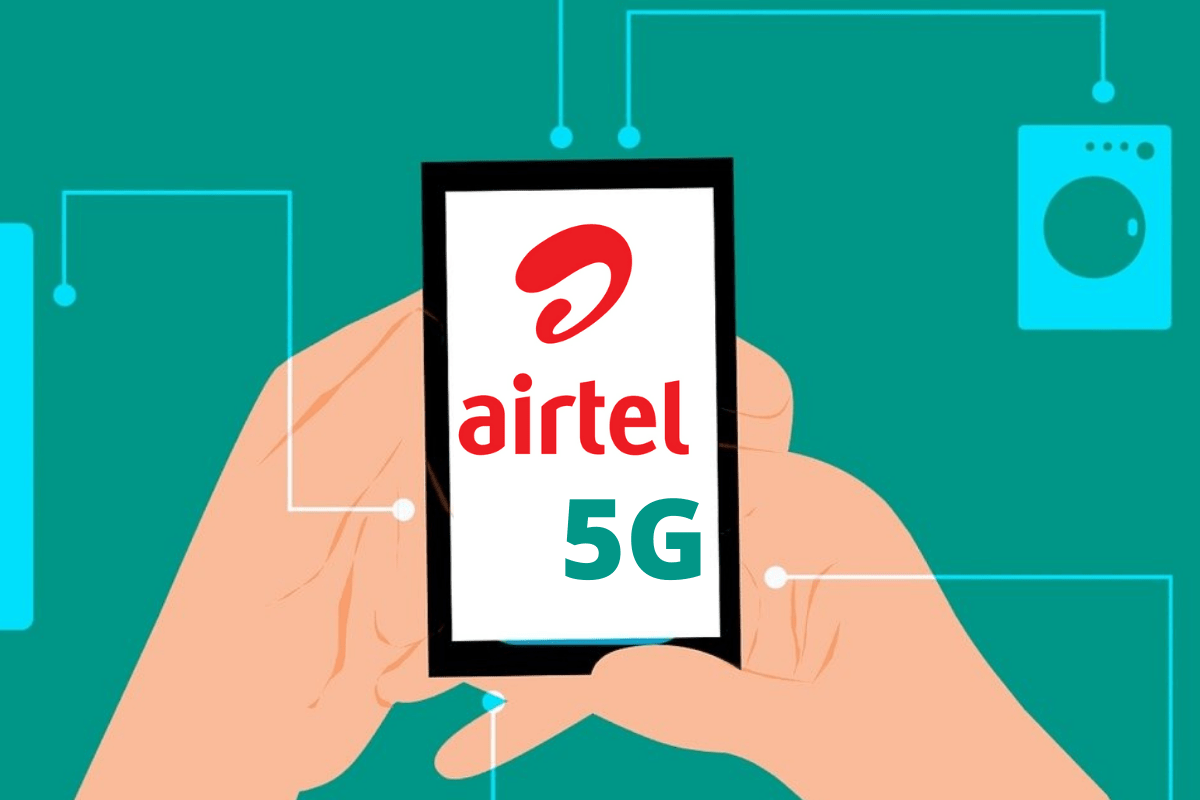
5G rollouts delays due to the pandemic, claims Bharti Airtel’s CEO. What’s the next juncture for the Indian telecommunication industry?
The roll-out of the fifth-generation, or 5G, wireless technologies in India got anticipated to foster a transitional change in the nation’s overall telecom industry. Parting its ways from the LTE technology could enhance the capability of the networks to forego the refrains of sluggish speeds and low mobility. There’s a snag in the initiation of 5G tech, and the delay coincides with the pandemic’s overhaul. The price of the sitch is colossal as the initial inducement got planned for December and has got delayed on several occasions.
Gopal Vittal, Managing Director and Chief Executive Officer, Bharti Airtel Ltd, has expressed his dismay on the 5G roll-out stumbling block. The long-drawn-out delay could derail the negotiations in the telecommunications sector in India. If it goes on further until the next financial year, then the tech companies like Reliance Jio, Bharti Airtel, and Vodafone Idea could have a muddling popping. The Managing Director further perturbated the dilemma of delay and how the pandemic has affected the 5G auction plans substantially.
We were previously predicting that the 5G could happen in December. Our impression of the integral roll-out, however, was given a smacking due to the pandemic. The repercussions could have earmarked monumental drawbacks, and one that got hyped is the reality over the delay.
Vittal, while addressing the journalists in the post-earnings conference meeting claimed that the company’s prolepsis has vanished down under the pandemic’s toll. “Whether the 5G roll-out happens this year or the next fiscal year remains a matter of further discussion,” said the CEO. Bharti Airtel has never been more on the tracks for enhancing its sights as it was crystal clear that it had to beat its competitors in the 5G auction, planned to get conducted this year. The staggering revelation of the government has hindered its January testing progress in Hyderabad, as the recent circular has asserted that it could procrastinate the thought of the launch by the end of this calendar year or in early 2022.

In line with the arliamentary panel report published on February 8, Anshu Prakash, the head of operations at the Department of Telecommunications, asserted that the 5G roll-out would get proclaimed in phases, that too where demands account for investments. However, the tension that popped up in the industry was on the government’s ambiguous stance on conducting spectrum auction for 5G, just like the previous ones.
The sizeable headroom for gauging striking revenues is gearing up, and it might have a positive influence on the telecommunication giant. Vittal believed that the average revenue per year’s projections could combat over the odds in the forthcoming events. During the post-earnings call, he had claimed that the telco intends to seize an Arpu of Rs 200 in the medium term. India’s second-largest telecom operator has surpassed complications to become the highest revenue generator at the backend of last year. The company’s trajectory since then has steeped due to its hot-headed tussle with Reliance Jio.

How did Bharti Airtel overcome the initial wave of 5G delay in December?
The company’s Arpu is the highest proclaimed valuation in India, and it got fostered to Rs. 166 during October-December. However, the pandemic hit the company’s sightings cloaking its prices to Rs. 145, the interconnect usage charge regime, ended on January 1. Following successive downfall, March provided some relief as Apru’s valuation increased from Rs. 135 to ten surplus estimates.
“While this is the largest churn in the telecommunications markets, it also depicts a gigantic headroom for Apru’s spurring growth. I claim this for two pinpointers. The second is the fact that our expansive 140 million users nationwide are long awaiting for a paradigm shift from low mobility tech to 4G networks, which could enhance the Arpu’s revenue,” Vittal said.

Insights on the 5G Network Cloud, and Why India is Failing to Capitalize?
India’s analysts have revolved around the integration of the 5G service, but it seems like the experts lack the knowledge and expertise on how to do proceed further. The complication of shifting to dense optical fiber networks makes it mandatory for investors to instill their funds big-time in the development of towers in narrowed places across the city as a dense connectivity network formulates the framework of the 5G connections.
In unprecedented times, the industrial structure built up has stalled, and the development is way off the mark. The National Broadband Mission was launched in December 2019 to intensify the pace of connecting fiber networks to India’s towers. At that time, only 30 percent of the connectivity towers enthralled the fiberisation process, while the requirement was at high stakes pointing to 70-80 percent. It reflects the short-sighted approach of the government of the 5G spectrum, and it contradicts the opinion of the telecommunication operators.
The projections documented by the NBM show that the maximum proportion of the towers will get fiberized by 2024, and the 5G integration could further get hampered. Besides the exorbitant pricing issues recouped by the Right of the Way policy, the telecom industry is facing arduous pressure from the lurking of financial troubles. The prominent juncture around the 5G spectrum is the hefty costs levied by states like Delhi and Maharashtra for granting permission.
The challenges in the circuit muddling the situation of the tower manufacturers restraints on non-availability of government land and buildings, and delayed grant permission which compels the providers to shift to private conglomerates. The conversations become time-consuming, and the negotiations get derailed. The problem arising with the implementation of ROW has been an overreliance on the structure of state versus Centre and separate judicial administrations. The government needs to revamp its strategies and look beyond the parameters of inflating the cost of development.
The impasse circulates the restrictions imposed by the states, and it is hurting the sentiments of 5G roll-outs. Furthermore, it is impacting the progress of network and infrastructure deployment, and it needs proactive actions by the officials to address the problem of sluggish development. Another perplexing decision of the Indian government to avoid China’s telecom equipment would have cost implications, further delaying the timeline of the 5G tech.
China’s exclusion from the telecommunications industry has highlighted the obstacles faced by the industrial setup to gauge the requisite supplies of wireless telecom equipment. Even though the decision got regulated by concerns over national integrity, India’s domestic stance needs to get bolstered by instituting a list of startups to come forward.




